300 follows the story of the Battle of Thermopylae where the Greeks fought the invading Persians against great odds, but it gets history all wrong.

The 2006 historical fantasy film 300 provides a highly fictionalized retelling of the infamous Battle of Thermopylae. 300 is well-known for its unique filming techniques that make the film feel like the comic book series it is loosely based on, also called 300.
While 300 is a highly entertaining film with incredible shots and strong performances, it is probably one of the most historically inaccurate movies.
300 is meant to exaggerate history, so it’s no surprise that the film ends up being wildly different from the actual Battle of Thermopylae. The Battle of Thermopylae has long been one of the most romanticized battles in history and for good reason.
While the film does fictionalize a large part of the story, it is true that many Greeks sacrificed themselves to slow the Persian army at the pass of Thermopylae. 300 gets other elements right as well, such as Ephialtes’ betrayal of the Greeks, but the majority of the film’s overall historical representation of the Battle of Thermopylae is inaccurate.
10. Leonidas Would Have Been Exempt From The Agoge
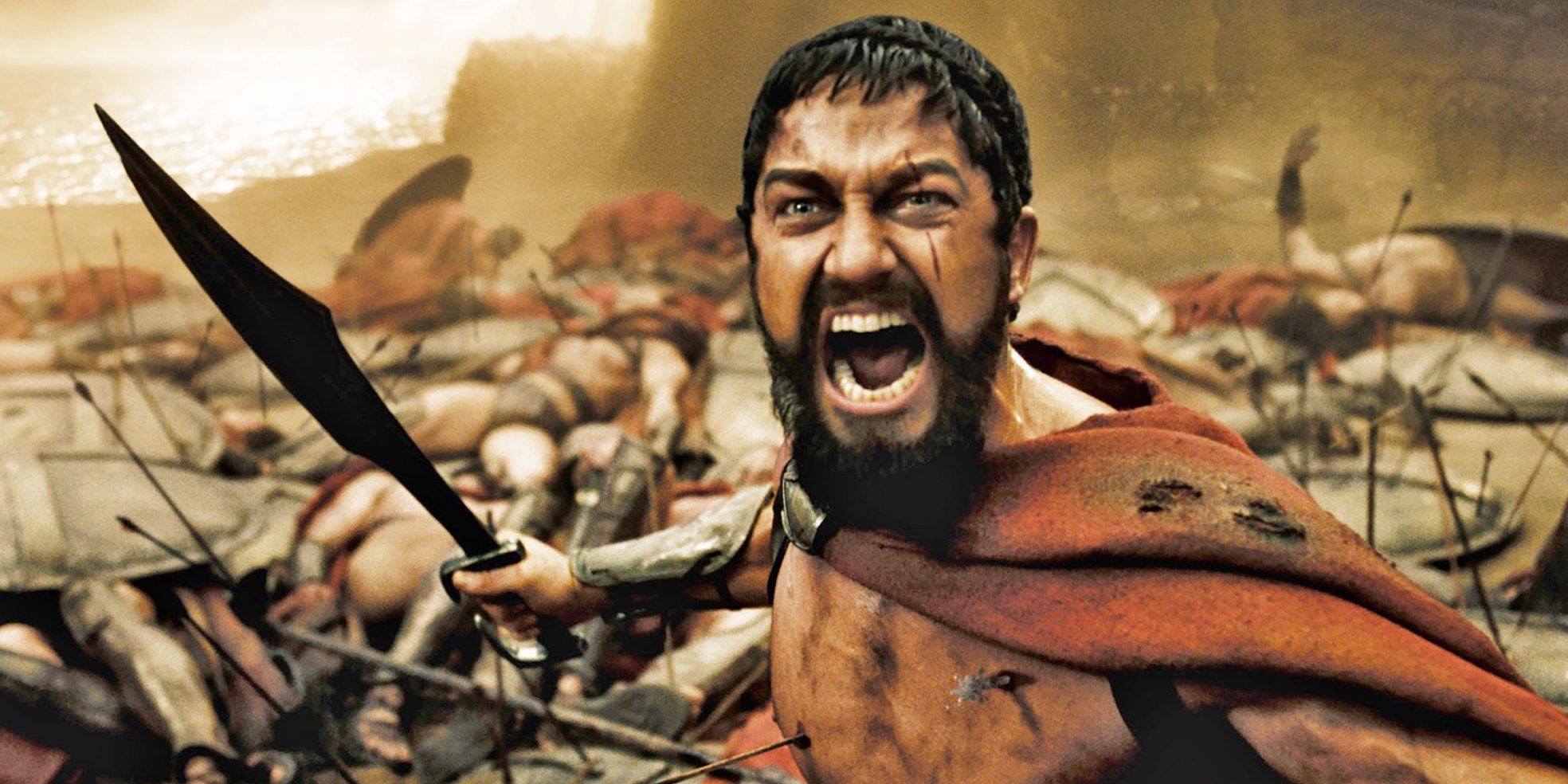
The beginning of 300 depicts Leonidas (Gerard Butler) going through a Spartan education and combat training program known as the agoge. This training program involved sons being taken from their mothers and thrown into dangerous situations, like walking through the wilderness shoeless in winter.
However, the firstborn son of any given family was always exempt from the agoge, and Leonidas specifically, who was a future king, would not have been subjected to the program.
Moreover, 300 implies the final rite of passage after the agoge was to kill a wolf, but in reality, Spartans came of age by killing unarmed slaves known as helots.
9. 300 Dangerously Idealizes Spartan Society
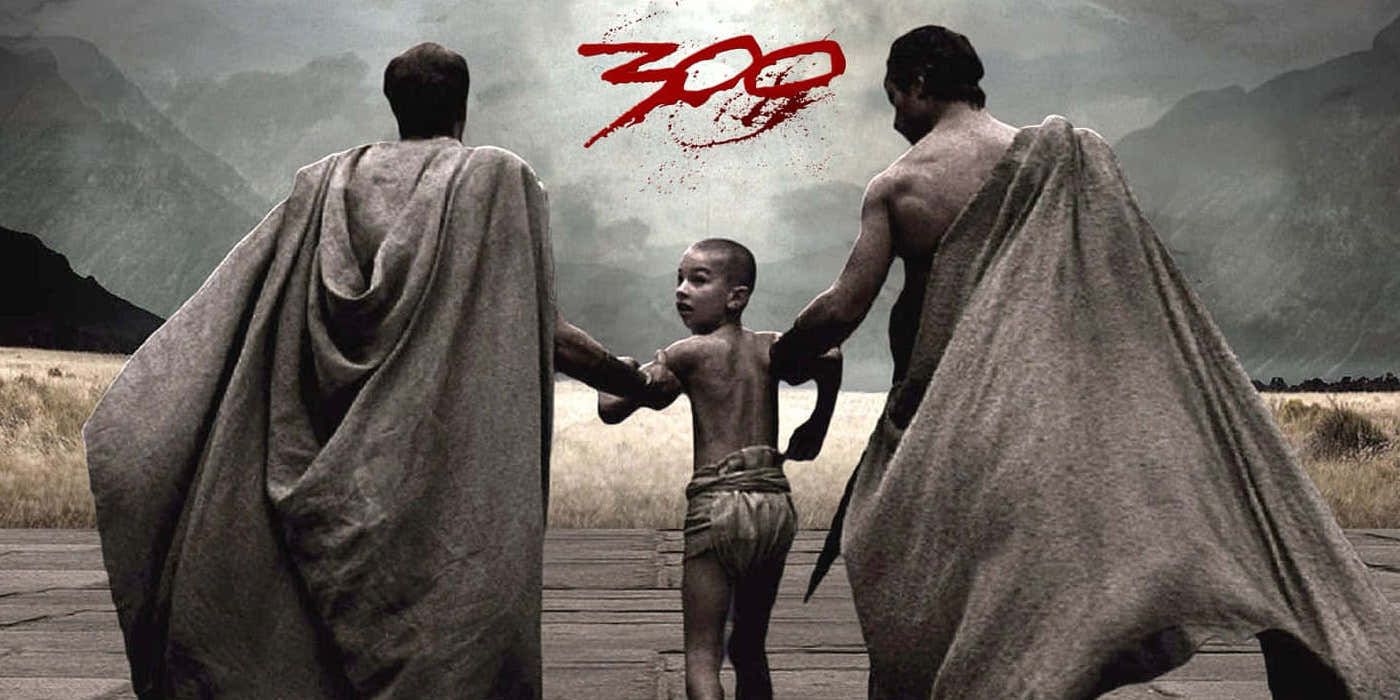
The altering of the Spartan agoge rituals points to a larger issue with 300. The film tends to idealize Spartan society in a dangerous way. 300 makes the Spartans seem like a glorious group of altruistic warriors without flaw.
In reality, Spartan culture was oppressive and highly prejudiced. Spartans routinely engaged in infanticide and pederasty, and they enslaved a large portion of their population.
Those living in “Free Sparta” had comfortable lives, but the vast majority of people living in Sparta were not part of the citizenship. While 300 is one of Gerard Butler’s best action movies, its representation of ancient Sparta is dangerously inaccurate.
8. 300’s Spartan Costumes Are Inaccurate
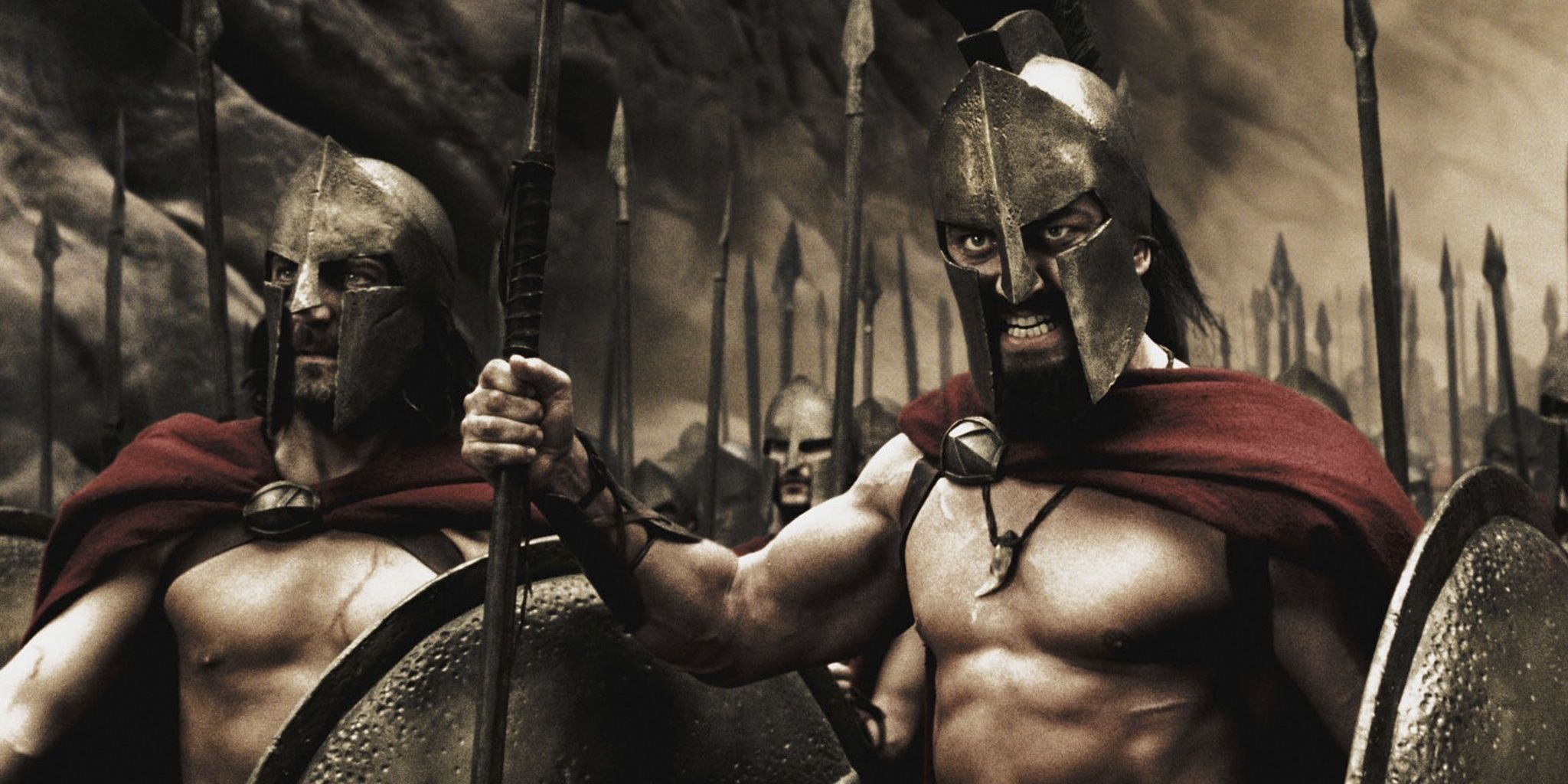
Another aspect of Spartan culture that 300 gets wrong is the attire of Spartan warriors. 300 depicts the Spartan army fighting practically naked. This is, perhaps, the most ludicrous inaccuracy in the film.
In real life, the Spartan warriors donned breastplates and long tunics that would have provided critical protection in battle. In 300, the Spartan warriors wear nothing but a small undergarment and a red cape. They also have helmets in the film, though they are often removed, even during the battle.
7. 300’s Persians Are Misrepresented
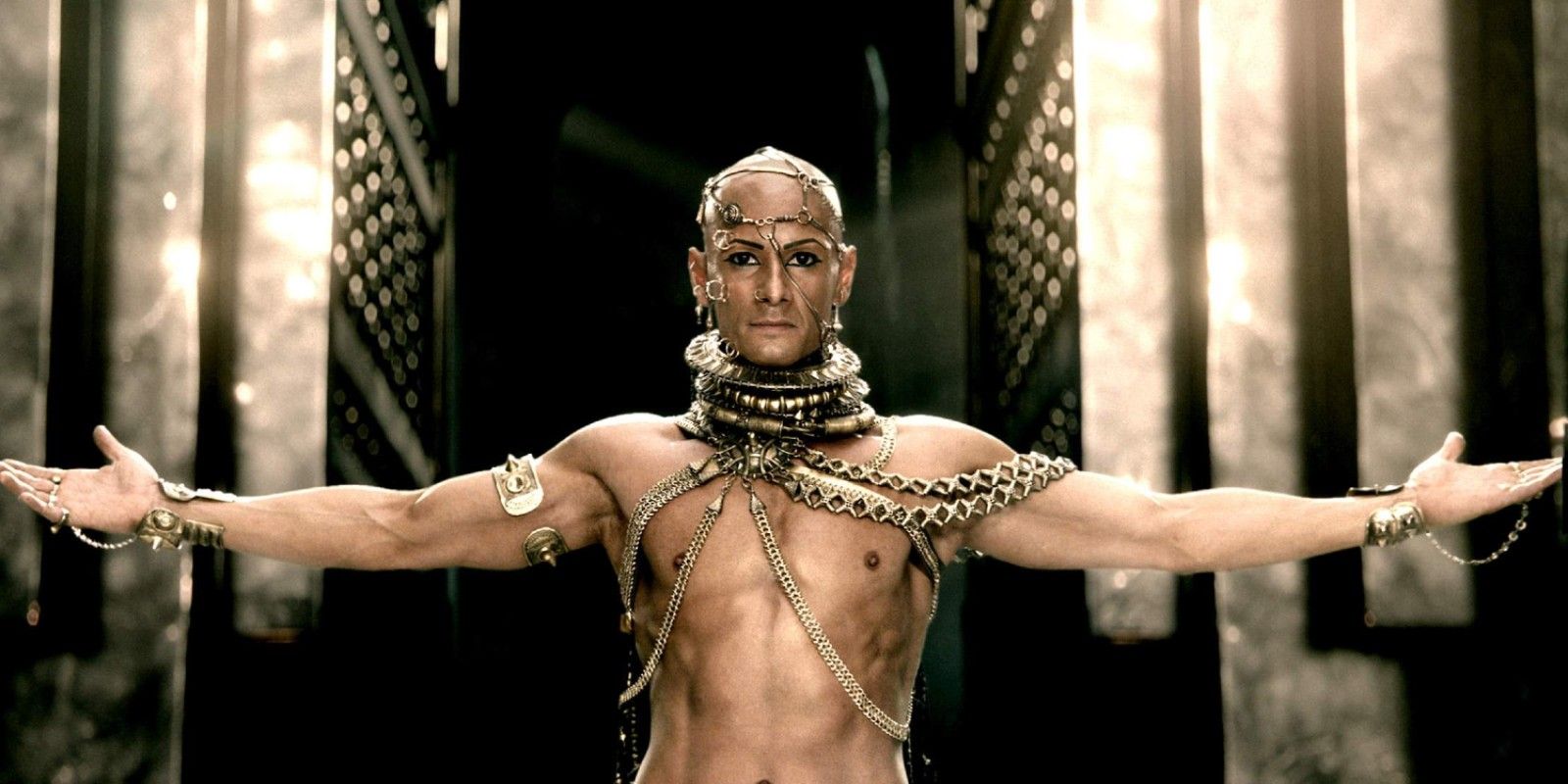
The Persians in 300 are also strongly misrepresented. Much of the Persian army is depicted as beastly or disfigured in some way, and 300 even throws in some random giants and monsters to shake things up.
It also depicts the Persian Emperor, Xerxes I (Rodrigo Santoro), as a giant with a multitude of piercings. Xerxes was considered a God-King by the Persians, so it makes sense to exaggerate his size.
However, his clothing and piercings are ahistorical and really nowhere near what the real Xerxes would have looked like. The Persian army is essentially transformed into an army of fantasy-style villains.
6. Ephialtes Was Not Disfigured In Any Way
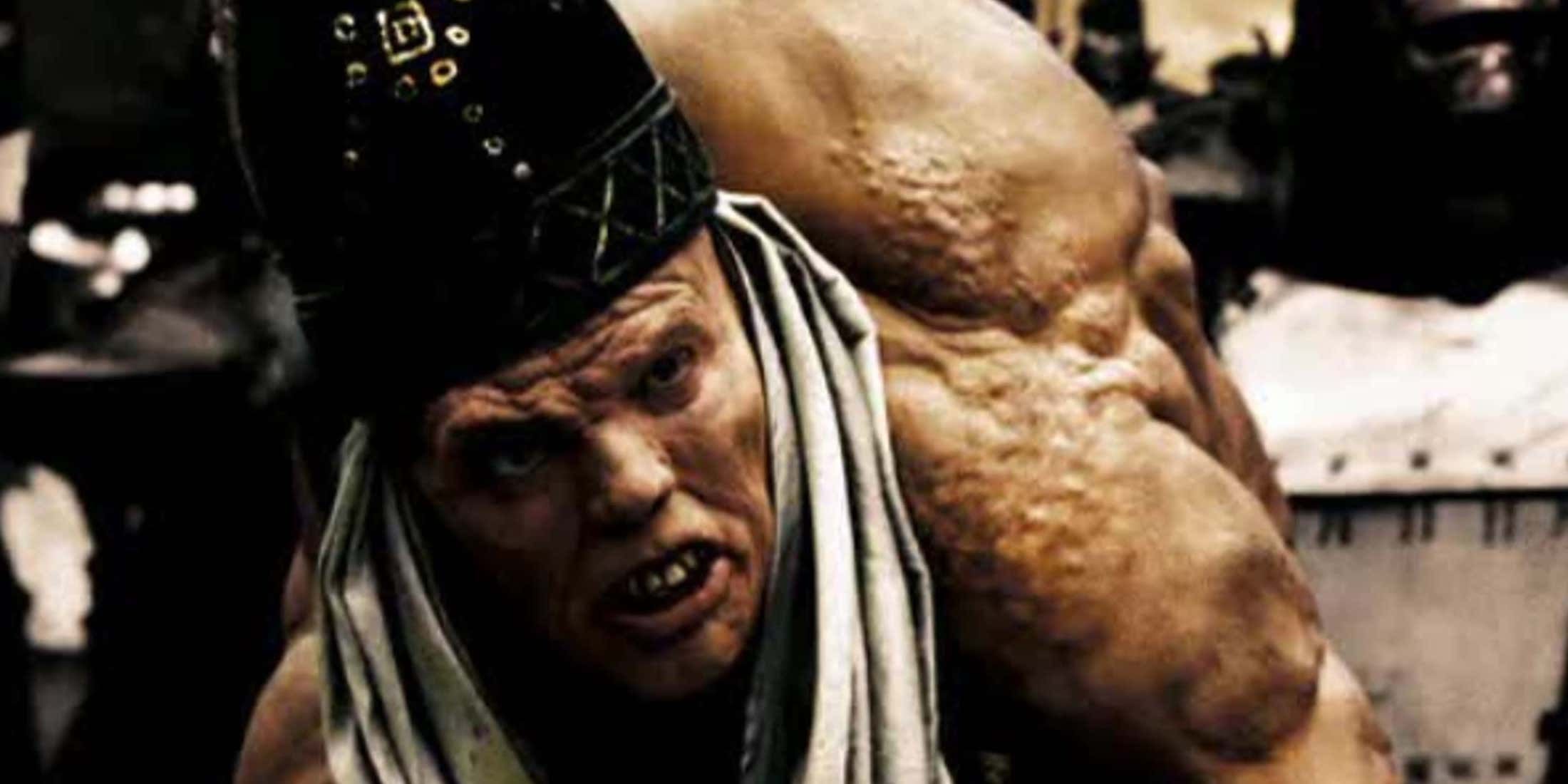
The Persians are not the only ones given an ahistorical disfigurement in 300. The Greek traitor, Ephialtes (Andrew Tiernan), is also turned into a troll-like being with a severe hunchback.
This change is likely an artistic one, meant to emphasize the treachery in Ephialtes’ heart, but it is ahistorical, nonetheless. There is no evidence of Ephialtes having a hunchback or any other type of physical disfigurement.
Moreover, it seems strange that Ephialtes survived infancy considering 300 includes Spartan infanticide to convey its hidden meaning, but 300 avoids inconsistency here by providing a further fictionalized backstory for Ephialtes.
5. The Spartan Ephors Did Not Oppose Leonidas

Another instance in which 300 is historically inaccurate is its depiction of the Spartan Ephors (magistrates who ruled in partnership with the kings) opposing Leonidas’ attempts to fight the Persians.
There is no evidence of the Ephors opposing Leonidas’ war efforts. The Greco-Persian wars had been ongoing for years by the time of Xerxes’ invasion in 300, and everyone in Greece was perfectly aware of the threat posed by Persia.
None of them would have realistically opposed resistance to the invading force. 300‘s depiction of the Ephors is likely meant to make Leonidas more heroic by providing additional opposition within Greece.
4. Leonidas Had A Larger Army And It Wasn’t Exclusively Spartan
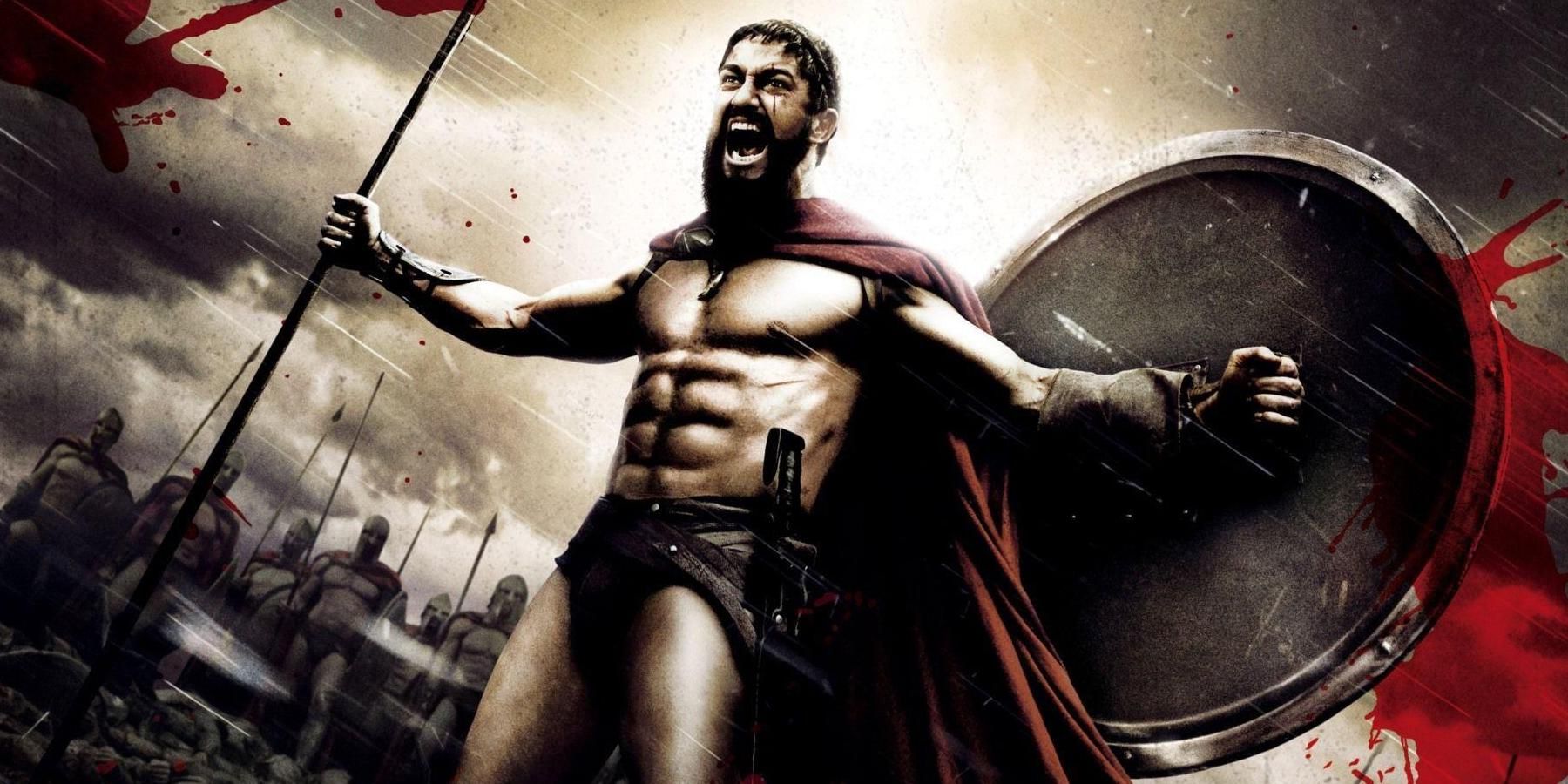
In 300, Leonidas is shown taking 300 Spartan warriors to Thermopylae and later being joined by a few thousand other Greeks. However, this number falls short of what he really took to pass.
Furthermore, 300 shows almost exclusively Spartans during the actual fighting, ignoring the thousands of other Greek soldiers who gave their lives at Thermopylae.
In real life, Leonidas took around 7,000 soldiers to the battle, and the force contained soldiers from across Greece who fought just as bravely as the Spartans.
3. More Than 300 Soldiers Stayed Behind To Die
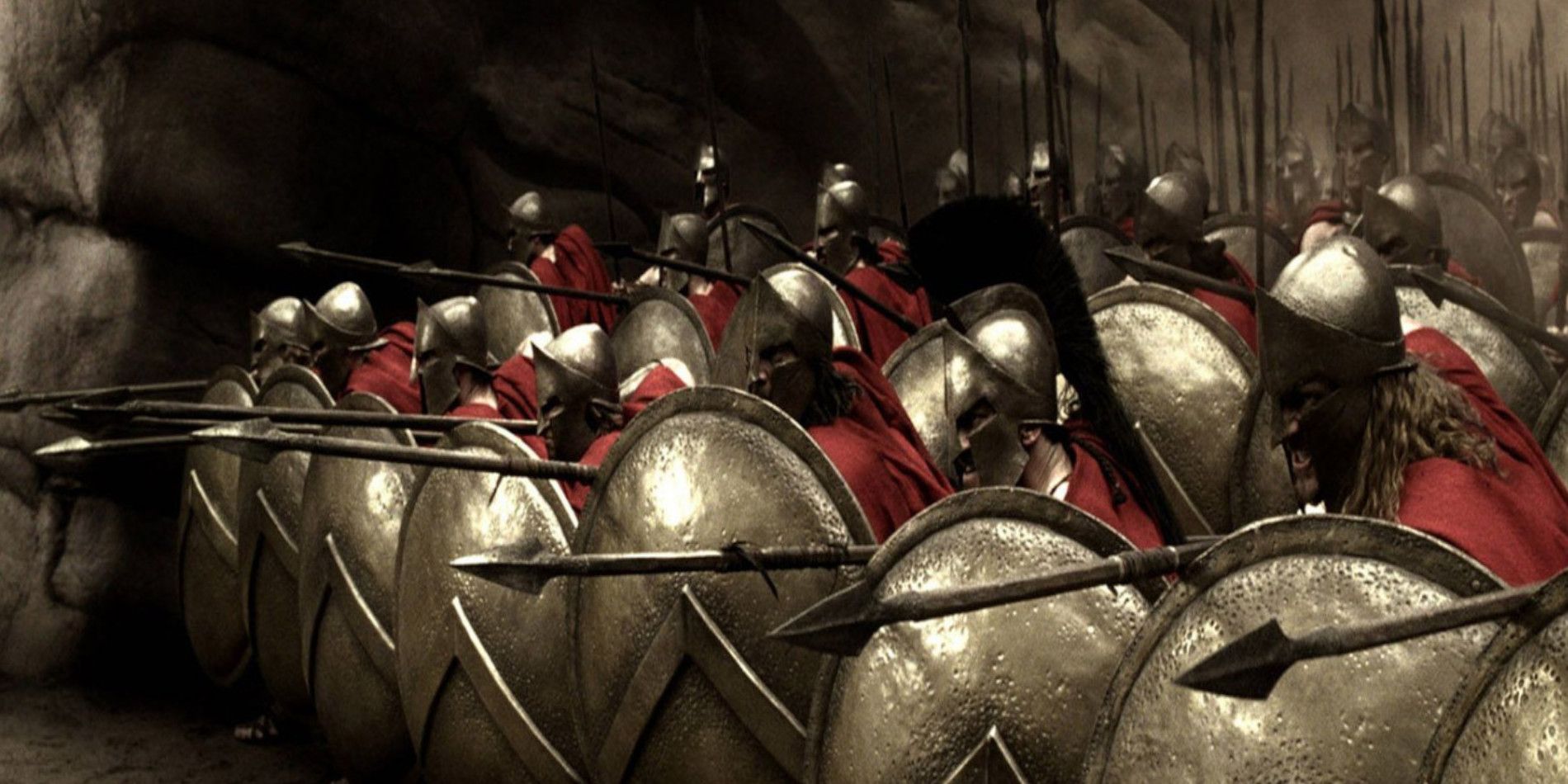
300 undersized not only Leonidas’ army as a whole but also the number of soldiers who stayed behind to hold the pass even when the battle was clearly lost. While this moment provides one of 300’s most memorable quotes, it is far from historically accurate.
In real life, the 300 Spartans led by Leonidas were joined by at least 700 hoplites from Thespiae. The men from Thespiae brought their total to around 1,000 soldiers, which makes their extended stand far more realistic. They were eventually crushed as they are in 300, but there were actually far more non-Spartans than there were Spartans holding the pass.
2. The Real Greek Army Fought In The Hoplite Fashion
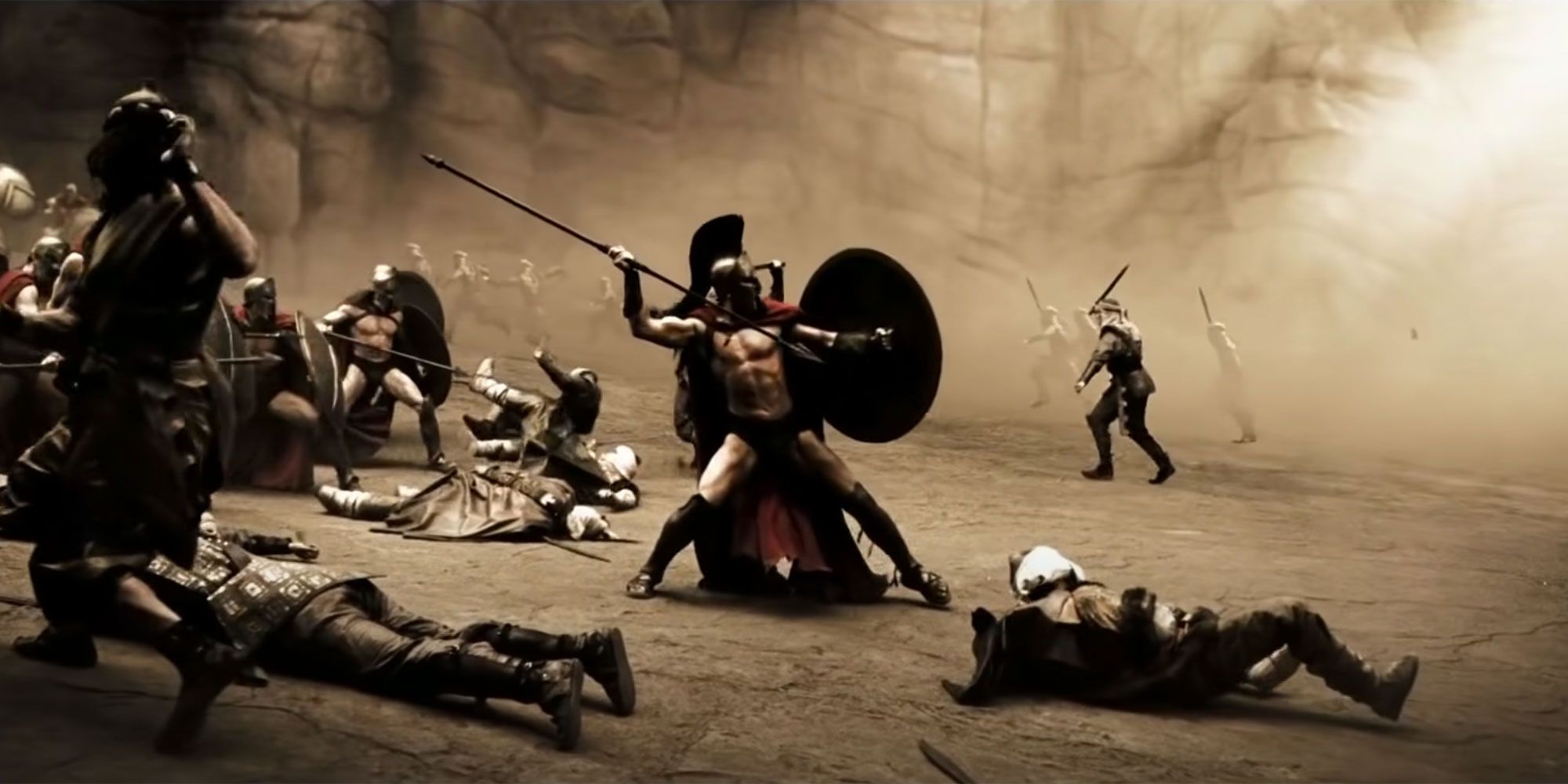
300 also leaves out the hoplite style of fighting that made the Spartans such an elite group of warriors. Instead of showing the real tactics Spartans used to defeat larger forces, 300 favors a spread-out battle where each Spartan warrior seems to fight alone against a dozen foes.
If the Spartans had really fought like that, they would have been slaughtered in the first hour. Luckily for 300, the combat scenes are highly entertaining, and they help make 300 one of Zack Snyder’s most rewatchable movies.
1. 300 Leaves Out The Athenian Fleet
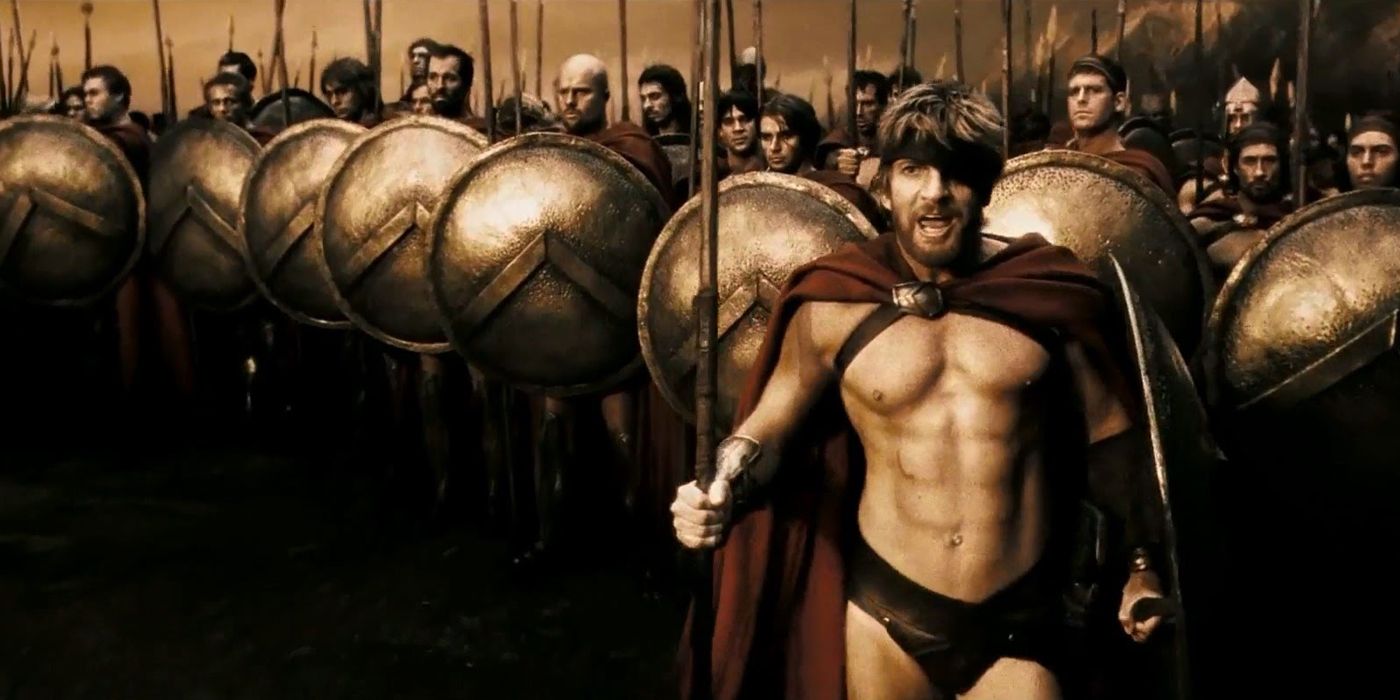
Another change to history meant to raise the stakes in 300 is the omission of the Athenian’s simultaneous naval battle with the Persians. The Athenian fleet critically held off the Persians in the straits adjacent to Thermopylae as the Spartan infantry was fighting in the pass.
The Athenians are largely either ridiculed or ignored in 300, but it was Athens that ultimately saved Greece from Xerxes by crushing the Persian fleet at Salamis. As enchanting as the story of Spartan bravery at Thermopylae is, the Spartans were ultimately crushed and had to be saved by Athens before Greece could unite and defeat Persia once and for all.
News
‘Reacher’ star gets political again, decries an ‘entire platform by those who mostly claim to be Christians’
Last month, actor Alan Ritchson slammed Christian Trump voters for supporting a ‘con man’ Fox News contributor Joe Concha joined ‘Fox & Friends First’ to discuss actress…
Reacher Star Alan Ritchson Rips Hateful Poltics On Heels Of Anti-Trump Rant — Says Was ‘Met With Violence’ For Speaking Out
Reacher actor Alan Ritchson tore into what he sees as hateful politics from people claiming to be Christians and said he is “met with violence” instead of generosity when he…
5 Reacher Characters Ranked By Their Chances Of Appearing In Season 3
Characters do not usually reappear in Lee Child’s Jack Reacher books, but some characters might still return in the 3rd season of Amazon’s Reacher. Custom Image by…
Reacher Season 3 Casts Chicago Med’s Brian Tee as Big Bad Quinn — Here’s Everything Else We Know
The proverbial body is still warm on Reacher Season 2, and already we have fresh intel on what the Prime Video hit’s third season will bring us. Reacher Season…
Alan Ritchson – Fast & Furious Star Threatened With Violence By Trump Fans
Alan Ritchson, who is basically known for playing Jack Reacher in the Amazon series Reacher, has expressed strong criticism toward individuals who claim to be Christians but, in his…
Reacher season 3 premiere date: A May 2024 update
With us know set to dive head-first into the month of May, what more can be noted about a Reacher season 3 premiere date? The first thing that we…
End of content
No more pages to load











